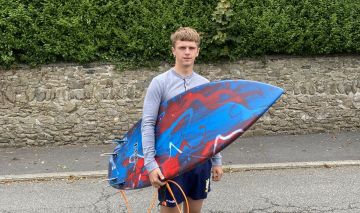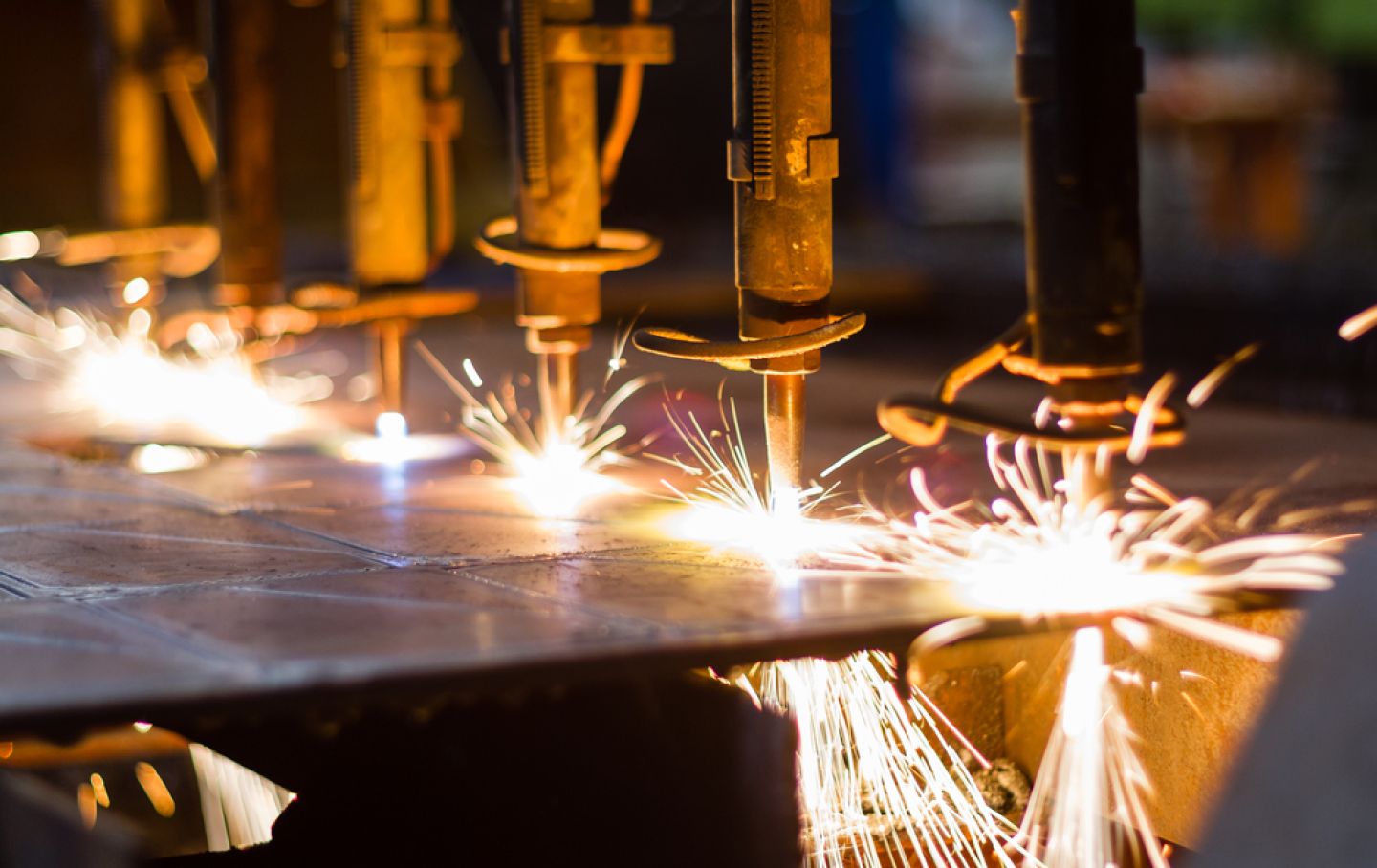Jason only took up surfing three years ago and as part of his SETU course and has since designed a surf fin that allows any surfer to customise their board.
"I had the perfect testing ground for his invention by living on the west coast of Ireland. I was able to encounter some of the biggest waves an intermediate to advanced surfer ever would face. Thankfully, my surfboard design worked like a dream." SETU Student, Jason Stewart
Jason Stewart from Tramore, Co Waterford is a third year Bachelor of Engineering in Manufacturing Engineering student. Jason only took up surfing three years ago and has since made an imaginative surf fin during the Covid-19 pandemic after part of his end-of-year project.
Jason is currently living between Waterford and Kerry after he and three of his friends moved to Castlegregory, Co Kerry when Covid restrictions were lifted. Jason decided to do this to continue his research in a quieter environment while getting opportunities to catch some quality surf.
Surfboard fin beginnings
My class was initially given a project list. I like to work from a brief, so I found this very useful.
My original idea was a 3D honeycomb which could be used in honeybee farming. I was always interested in 3D printing and thought this idea would work well. However, after meeting with my lecturer Mary Doyle Kent, we agreed that I'd shift my focus towards something I'm more passionate about – this was surfing.
Lecturer Mary Doyle Kent explains “Jason had the unique idea of redesigning his surfboard fins so that they could be customised, low cost and easily manufactured. It was an unconventional idea but by combining Jason’s surfing expertise, his passion for design and his engineering knowledge, he came up with a unique product that has the potential to revolutionise surfing.”
Far from smooth sailing
I encountered some difficulties which I had to overcome. Due to Covid restrictions, I had to use tools which were available just at home. The addition of small details like the machining of small slots on all of the fins which allowed them to be secured into the bottom of the surfboard all had to be done with what I had at home. I had to find a solution to all the difficulties I encountered along the way and even found a spectacular way to test the product to ensure that it exceeded the functional requirements.
The finished project
The 3D printed fin was then merged with other processes such as fibre glassing and the filling of the honeycomb design with resin which would ensure that the strength that was needed would be achieved. Now it was time for me to put this research to the test and put the fin into the water.
I had the perfect testing ground for his invention by living on the west coast of Ireland. I was able to encounter some of the biggest waves an intermediate to advanced surfer ever would face. Thankfully, my surfboard design worked like a dream.
The overall project
An explanation of what is involved from each student in the project from Dr Mary Doyle Kent:
“Usually each project has a client, and the students work in pairs to design, build and test a solution that meets the client’s needs. The project objectives are agreed early on in the process and they work with their supervisor in a collaborative environment, supported by the project team.”
“Examples have been design of machine components for local industry, Six Sigma applications for local industry, energy reduction and machine optimisation for a local company and the design of a drinking system for a person with special needs.”
Jason is now working on five more fin designs to give to local surfers. One day Jason would “love to turn my idea into a business” which would produce surfboards specifically designed for Irish surfing conditions.




